- Home
- Articles
- Architectural Portfolio
- Architectral Presentation
- Inspirational Stories
- Architecture News
- Visualization
- BIM Industry
- Facade Design
- Parametric Design
- Career
- Landscape Architecture
- Construction
- Artificial Intelligence
- Sketching
- Design Softwares
- Diagrams
- Writing
- Architectural Tips
- Sustainability
- Courses
- Concept
- Technology
- History & Heritage
- Future of Architecture
- Guides & How-To
- Art & Culture
- Projects
- Interior Design
- Competitions
- Jobs
- Store
- Tools
- More
- Home
- Articles
- Architectural Portfolio
- Architectral Presentation
- Inspirational Stories
- Architecture News
- Visualization
- BIM Industry
- Facade Design
- Parametric Design
- Career
- Landscape Architecture
- Construction
- Artificial Intelligence
- Sketching
- Design Softwares
- Diagrams
- Writing
- Architectural Tips
- Sustainability
- Courses
- Concept
- Technology
- History & Heritage
- Future of Architecture
- Guides & How-To
- Art & Culture
- Projects
- Interior Design
- Competitions
- Jobs
- Store
- Tools
- More
Evaluating Cross-Cultural Courtyard Housing For Social Well-Being by Soniha Nuzrat
My childhood in Bangladesh inspired me to create a housing community. People avoided community spaces and lived alone in my neighborhood. Housing impacts urban life's material and immaterial components, hence it is crucial to the quality of life.

My childhood in Bangladesh inspired me to create a housing community. People avoided community spaces and lived alone in my neighborhood. Housing impacts urban life’s material and immaterial components, hence it is crucial to the quality of life. My project site is East Harlem River Houses in Manhattan, New York from the New York City Housing Authority (NYCHA). The project’s main intention was to design an urban platform inside the existing housing masterplan to involve the public in many activities with the community facilities and make life inside the housing.

The community facilities provide for a connection between the projected urban platform and the Wards Island Bridge on the Harlem River. Additionally, integrating the courtyard areas and urban platforms with the community facilities will help modernist blocks be retrofitted with extended balcony areas to make them more livable for future generations. A case for sustainability is made here in order to maintain some of the complex’s current buildings with the least amount of interruption to daily life. The concept of retrofitting can serve as a model and be applied to other NYCHA locations.

Another innovation was to incorporate multilevel courtyard spaces into the design of new dwelling blocks on the east side of the property to encourage occupants to use those outdoor areas. A hierarchy of different size levels is created by the expansive courtyard. The urban spaces create place-making in different ways such as- basketball courts, evolution plazas, cultural event spaces, sculpture gardens, libraries and art galleries. The new housing block includes different sizes of dwelling units, which resemble the previous housing units.

In order to encourage people to venture outside of their homes and interact in public places, the housing concept was created with an urban grid, open spaces, roadways and connectivity with the internal common spaces.
illustrarch is your daily dose of architecture. Leading community designed for all lovers of illustration and #drawing.
Submit your architectural projects
Follow these steps for submission your project. Submission FormLatest Posts
Between the Playful and the Vintage, Studio KP Arquitetura Transforms a Creative Multifunctional Space
Beyond its aesthetic and symbolic appeal, the project integrates technological solutions for...
An Experimental Renewal of Mountain Architecture: Valley Homestay in Linggen Village
In Zhejiang’s Linggen Village, a forgotten mountain building has been reimagined into...
James Baldwin Media Library and Refugee House by associer
In Paris’s 19th arrondissement, Atelier Associer has reimagined a 1970s secondary school...
43m² Apartment Innovates by Dividing Spaces Without Losing a Sense of Openness
Located in Pinheiros (São Paulo), the project by Zalc Arquitetura relies on...




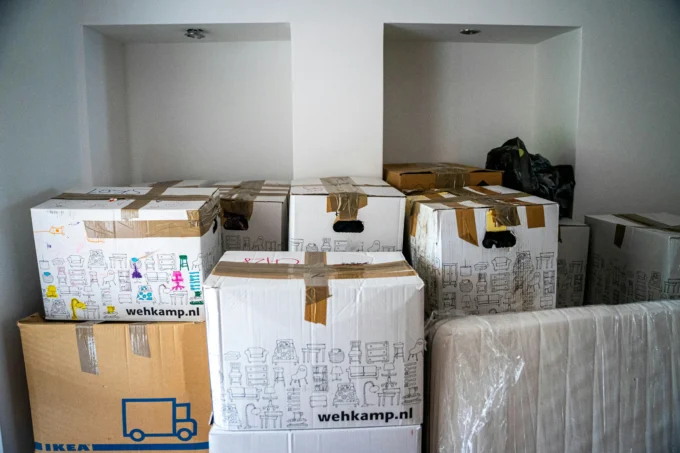

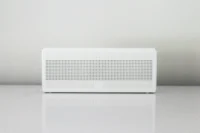

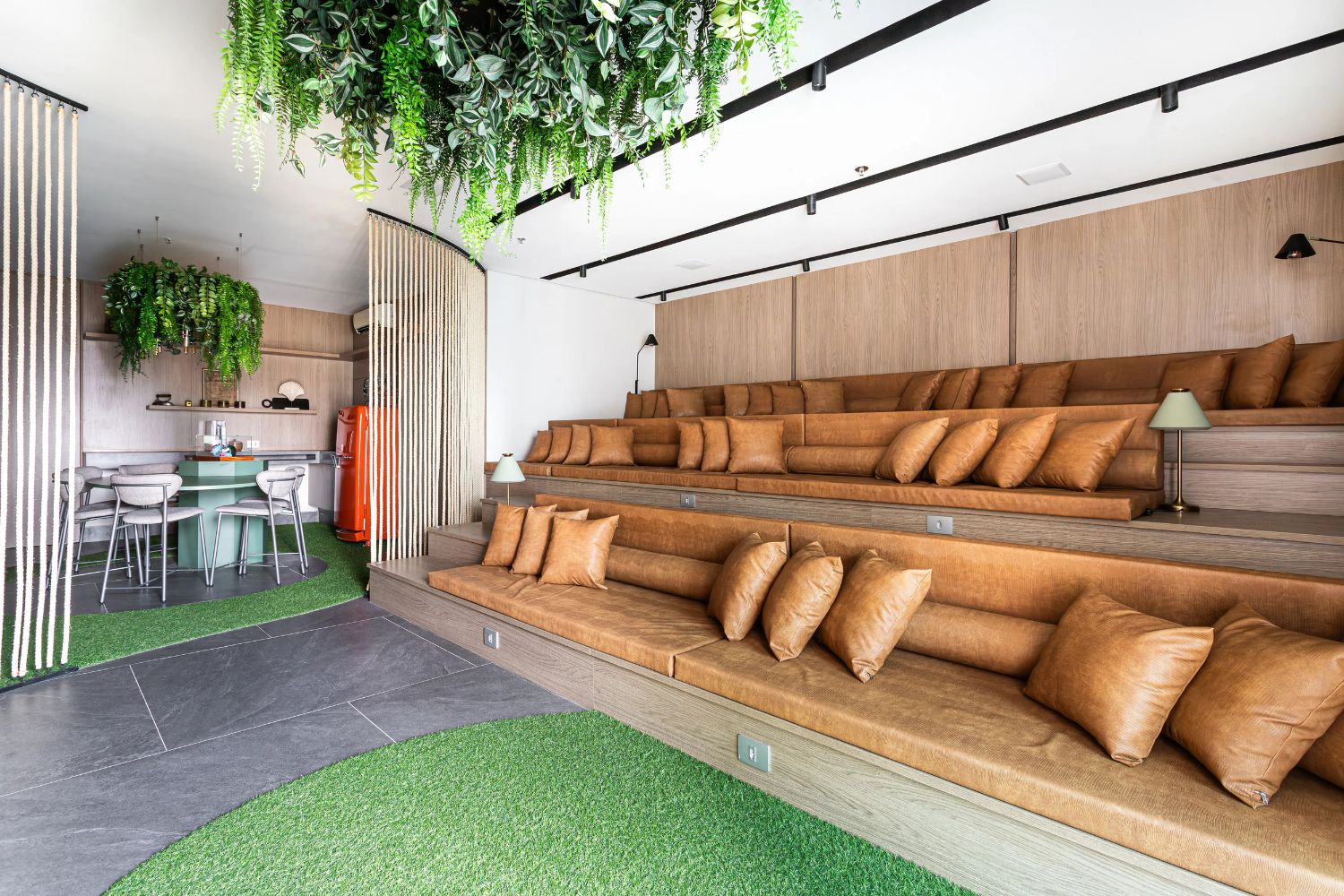
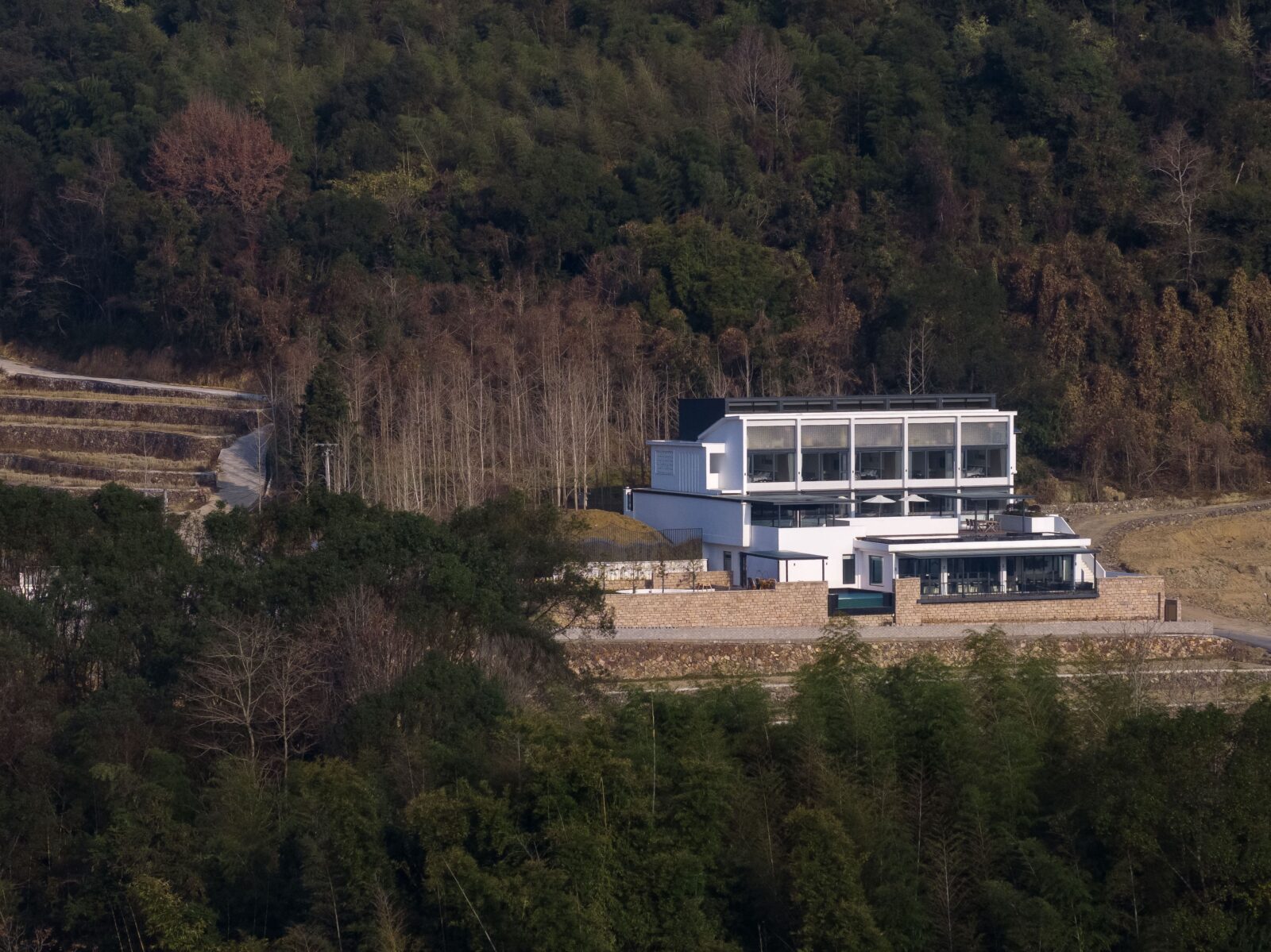
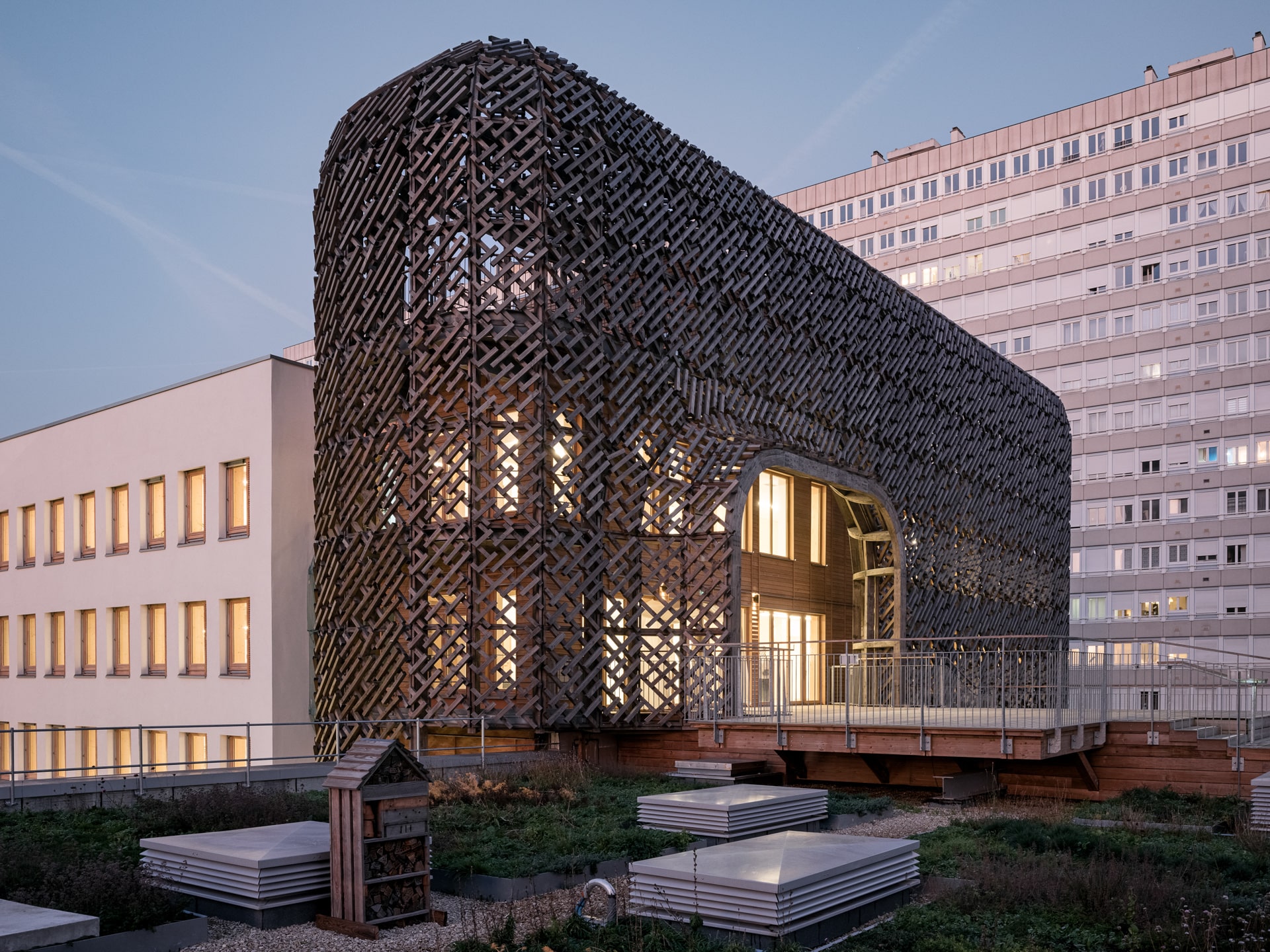

Leave a comment